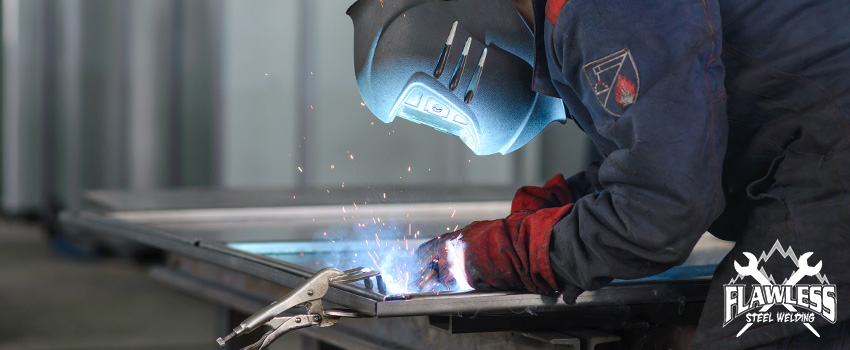In our modern civilization, it is normal to see towering skyscrapers, bridges, and other infrastructure everywhere you look. Although welding may not be the first thing that comes to your mind whenever you see impressive buildings, it is one of the most important procedures in every construction project.
Welding is a skill that anyone can learn. There are several tools you must learn to operate in order to do it correctly. However, when you first start learning how to weld, it can be difficult to measure the quality of your welding. Knowing how to spot a good weld vs bad weld is necessary to ensure the quality of a welding job.
What Does a Good Weld Look Like?
Since there are different welding processes, there are also different varieties and ways to know the quality of each weld. That’s why it is important to know the pros and cons of each type of welding process.
Regardless of what process was used for the welding job, quality and strength are always the most important criteria for good welds. If a welding job is low-quality, it will also have low strength.
Here are the different types of welding and how to determine their quality:
1. Stick Welding
Stick welding, most commonly referred to as shielded metal arc welding or SMAW, is one of the easiest types of welding. It can work with different materials such as alloy, stainless steel, iron, copper, carbon steel, and even aluminum.
A good stick weld has a straight and uniform finish. The thickness of the steel must not change, and there must be no holes, drops of spatter, or cracks. If there are visible spatters, cracks, undercutting, or an inconsistent width of the bead, it means that you have a bad stick weld.
2. TIG Welding
TIG welding is a more complicated procedure compared to stick welding because it requires more skill and accuracy to accomplish. TIG stands for tungsten inert gas welding. This type of welding can be used in different types of metals such as aluminum, stainless steel, and magnesium. A good TIG welder can accomplish the welding job perfectly, but an inexperienced welder will leave indistinct patterns on the steel.
A good TIG weld will appear neat and flawless. There will be tiny welds layered to create a pattern in the weld. If your weld does not have any slag or burnout, consider it a very good weld. However, if you see a flat bead without any distinct pattern, this means that your TIG weld is poor. You will have to re-do it because you want to see clear patterns of layered welds, no burnout, and no beads out of place or misaligned.
3. MIG Welding
MIG welding is the most common and easiest type of welding. It is the type of welding usually done at home. MIG stands for metal inert gas because the welding gun gives power to a wire electrode to act as the filler metal that joins pieces of metal together. It can be used on thin metals such as mild steel and aluminum.
A good MIG welding must be straight and uniform. There must be no cracks, holes, or any type of breaking in the weld. If your weld is too thin and has craters on the bead, it means that the welding job needs mending. Unlike TIG weld, MIG weld does not have any complicated patterns. All you need to do is make sure that the welding result is smooth and perfect.
Inconsistencies or cracks in the weld are signs of a poor MIG welding job. If there is no uniformity, the weld will lack straightness; and if the bead comes out too thin, the weld will not have enough strength. All of which are signs of bad welding.
4. Oxy Welding
This type of welding is not as common as the others because it is mostly used for the maintenance and cutting of metal. It is often used for welding intricate and soft metals such as aluminum parts, bronze, and copper.
The best way to spot a good Oxy welding is to look for uniformity. There must be no holes or signs of melted metal. Poor Oxy welding will result in holes and disarrayed patterns.
Welding is one of the most important parts of the construction process. It can also be a useful skill if you want to build or mend any metal projects you have in mind. There is certainly a lot to learn including the different welding processes. To determine a good vs. bad weld, you must know the type of metal that needs welding and the welding process suitable for it.
If you are looking for the best welding companies in your area, Flawless Steel Welding is the best at metal fabrication in Fort Collins, CO. We do general welding services, steel fabrication, and steel erection services. Call us now!




